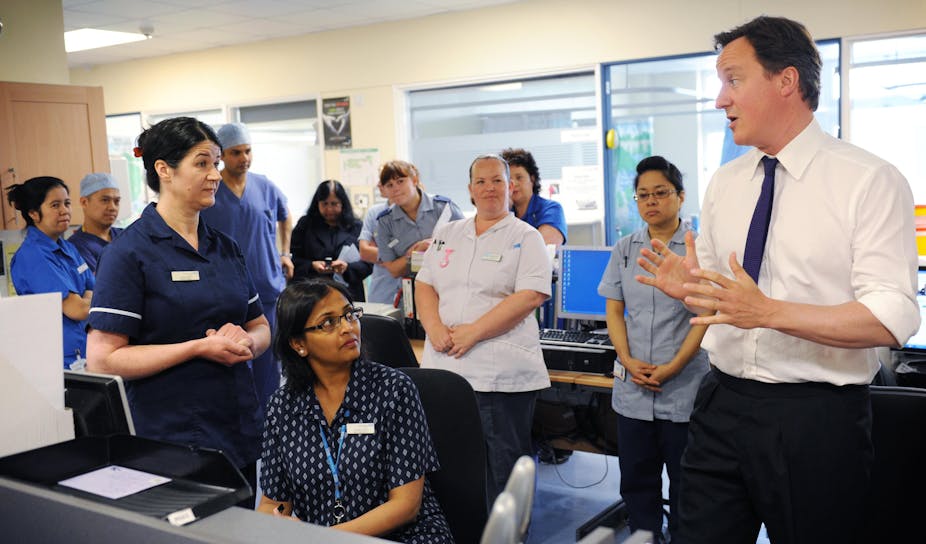Senior nurses warned this week that the number of patients looked after by nurses has become dangerously high in some hospitals.
Quoting research from the University of Southampton, the Safe Staffing Alliance campaign group said eight was the the maximum number of patients any nurse should look after at one time. Any more than this and a hospital would see 20 more deaths a year than better staffed hospitals.
The research looked at data from 400 hospital wards in England, and focused on registered nurses working daytime shifts on general wards. Nurses often look after more patients and staffing levels need to be increased where they fall below the 1:8 ratio, they said.
The alliance’s position is based on an analysis of a large volume of evidence, which shows an association between nurse staffing levels and patient safety in hospitals around the world.
In some countries, most notably some states in Australia and the US, this evidence has been used as the basis of mandatory minimum staffing levels of about one nurse to six patients or fewer.
Although there is some evidence that these policies have been associated with improvements in quality of care, improved job satisfaction and retention of nursing staff, many have expressed concerns that such policies are potentially costly, inflexible and insensitive because the recommended staffing levels don’t take into account the individual needs of patients.
In England, the government has been resistant to setting minimum safe staffing levels and the issue wasn’t included in its initial response to the Francis report, published after the Mid-Staffordshire hospital scandal, where nurses were heavily criticised.
The government argues that it is up to local hospitals and trusts to decide how many nurses they have - I agree with this.
However, recent investigations into hospital failures such as the Francis Inquiry have often highlighted concerns over staffing levels. The recent RN4CAST study of nursing work conditions and quality of care in 12 European countries found levels to be lower in England than many other European countries, as well as the US and Australia.
If one nurse to six patients is deemed safe in Australia and the US, then why is the safe staffing alliance calling for action only when staffing falls below 1:8 in England?
The answer lies partly in the research and partly in a consideration of what might be achievable politically. The Southampton research showed that while the majority of daytime nursing shifts in England have eight or fewer patients per nurse, about 40% have more. A 1:8 ratio may be achievable but it will clearly still present a challenge for a cash-strapped NHS.
The existing evidence, mainly from the US, may also not always apply directly. Hospitals in England typically have very different staffing models to those in the US, and American research has rarely considered the number of doctors working in a hospital.
Some English research suggests the number of doctors might be just as important as the number of nurses, if not more so, in maintaining safety - at least if we’re looking at the number of people who might die as a result. It also unlikely that the risk to patients increases directly in proportion to a fall in staffing in a simple, linear fashion. It is more likely that there is a threshold where risk increases sharply.
It seems clear that the relationships observed in numerous studies are not simple matters of cause and effect – there are many other factors at play including leadership and work culture of the hospital.
Just as significant is the fact that the government is clearly dead set against a mandatory staffing ratio for both ideological and, no doubt, economic reasons.
Responsibility for running the NHS is being devolved to arm’s length bodies to commission services and independent providers to deliver them. In this world, central government doesn’t want to prescribe exactly how services should be delivered, except in childcare and midwifery.
In picking the 1:8 ratio the Safe Staffing Alliance identified a number beyond which the evidence seems to point conclusively to a substantially increased risk of declining quality of care and of patients dying.
How acutely ill or dependant patients are will also make a difference. Staffing levels may not be dangerously low in many hospitals, but all too often they are at a level that is known to be associated with an increased risk of harm. We could look at 1:8 as the maximum level of tolerance nurses in the NHS - and patients - should have.

